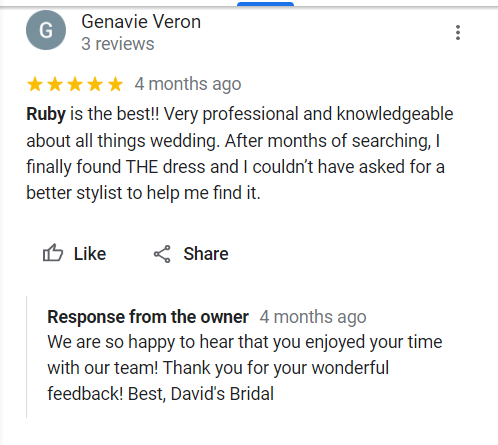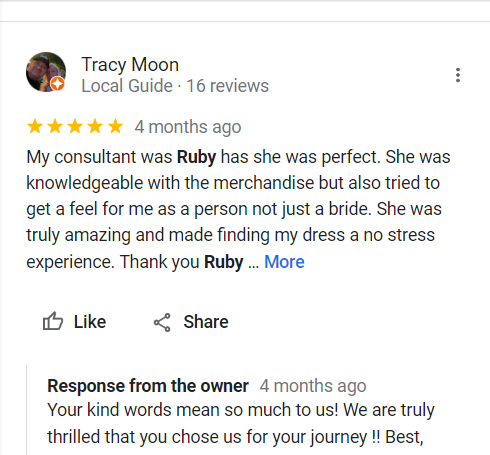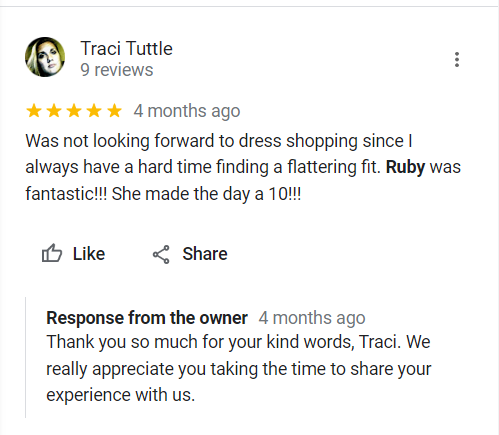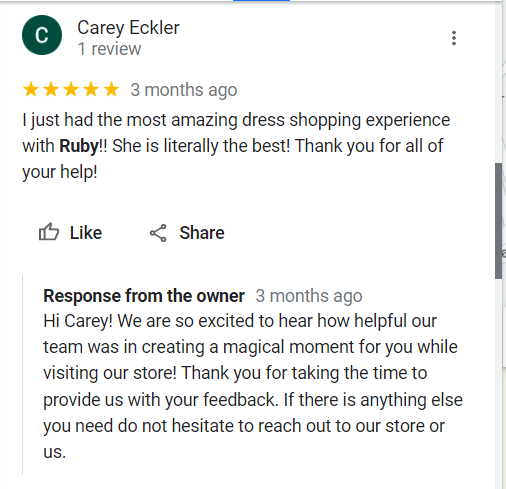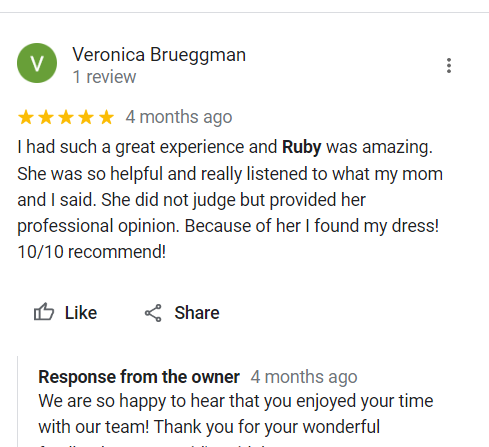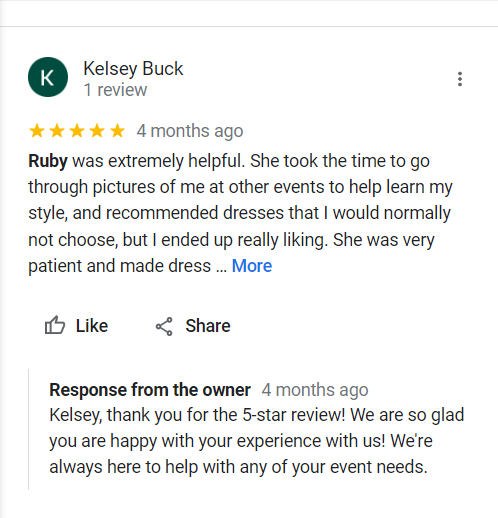To Veil or Not to Veil
From a “Former” Bridal Gown Consultant
To add to my long list of work experience in the industry, I am lucky to have some experience working as a wedding gown consultant for a brief 2 years (on and off). A very fun and rewarding seasonal job while getting a major workout in the process - wedding gowns are indeed HEAVY! Plus, lots of sweat helping brides get in and out of dresses for 5-6 hours in a day was no easy feat.
One of my favorite times working as a bridal gown consultant was choosing the right wedding veil to pair with the dress a bride felt really good in. If it wasn’t a veil, it was a headpiece of some sort, and once that veil came on, the magic happened. So yes, when you see the episodes of “Say Yes to the Dress” with Randi Fenoli, the magical “veil” moment is very much true. A wonderful emotion of joy happens when that veil is placed on a soon-to-be bride.
I’ve also had moments where brides aren’t into the veils at all and would much rather have a different headpiece or go without the veil. It really comes down to personality and, of course, the style of the dress. Because of my experience with veils, I’m excited to elaborate further on this topic in this blog post to help guide you on the various veils out here in the marketplace. Happy Reading :-) Also, feel free to message me or comment on this post at any point if you have questions regarding the veil (or any part of wedding dress shopping) I’m happy to help!
Wedding Veils are considered to be the most common wedding headpiece. Veils are generally cut from netting or tulle and categorized based on length. For example, a cathedral train falls three yards from the waist and extends two feet or more on the floor, while a flyaway veil falls only to the shoulders. It is worth noting that religious ceremonies frequently incorporate veils that cover the brides’ faces.
Wedding veils come in various types, lengths, and styles, allowing brides to choose one that complements their wedding gown and overall bridal look. Here are some common types and lengths of wedding veils, as well as trends in veil colors:
Types of Wedding Veils:
Blusher Veil: A short veil that covers the bride's face and is lifted during the ceremony.
Birdcage Veil: A short, vintage-inspired veil that covers part of the face, often made of net or lace.
Fingertip Veil: Ends at the fingertips when the bride's arms are extended. It's a popular and versatile choice.
Chapel Veil: Extends to the floor and is suitable for formal weddings.
Cathedral Veil: A dramatic and formal veil that extends well beyond the train of the wedding gown.
Mantilla Veil: A lace-edged veil often worn with a high comb, giving it a Spanish-inspired look.
Elbow Veil: Falls to the bride's elbows and is a mid-length option.
Waltz Veil: Falls between the knee and ankle, perfect for a semi-formal look.
Veil Lengths:
Short (Shoulder-Length): Typically around 20 inches, ending at the shoulders.
Medium (Elbow-Length): Approximately 25 to 30 inches, ending at the elbows.
Long (Fingertip-Length): Around 38 to 40 inches, reaching the fingertips.
Extra Long (Ballet-Length): Extends beyond the fingertips but doesn't touch the floor.
Very Long (Chapel-Length): Extends to the floor, about 90 inches.
Extremely Long (Cathedral-Length): The longest veil, extending beyond the train of the gown.
Color Trends in Veils:
Traditional White: Classic and timeless, matching well with most wedding dresses.
Ivory: A warmer shade that complements off-white and ivory wedding gowns.
Champagne: A subtle, warm color that works well with champagne or light gold dresses.
Blush/Pale Pink: Adds a touch of color and pairs beautifully with blush or pink wedding dresses.
Muted Tones: Soft greys, blues, and greens are gaining popularity for a subtle and unique touch.
Metallics: Gold and silver accents in veils can add a touch of glamour.
Other Considerations:
Embellishments: Some veils feature lace, beading, or embroidery to match the gown.
Cut Edges: Edges can be plain, beaded, or lace-trimmed for different looks.
Single-tier vs. Two-tier: Single-tier veils provide a more modern look, while two-tier veils add traditional elegance.
In Closing:
Before you rule out or decide on a veil, keep in mind that the headpiece is only an accessory. It should never distract from the wedding gown or—more importantly—from the bride herself.
Additionally, the choice of a wedding veil depends on the bride's personal style, the wedding dress, and the desired level of formality for the ceremony. Trends may vary, so it's essential to choose a veil that makes the bride feel beautiful and confident on her special day.
Feel free to message me or comment on this post at any point if you have questions regarding the veil (or any part of wedding dress shopping). I’m happy to help!
about the author
Ruby Brewer-Watkins, is a Certified Wedding Planner who specializes in wedding stationery. Her guest list planning and creative process have created efficiency within her client projects, which allowed her to effectively collaborate, design and create beautiful wedding invitations and “day of” stationery for countless couples since 2015. Hi, I’m Ruby, your creative wedding professional. FINALLY, you made it! You can catch a glimpse into a few things I love, specifically how I passionately create wedding invitations and details for the “day of” for couples. I hope that that my blog posts and articles contained within this beautiful space truly inspire you. I offer unfiltered advice and space to give yourself permission to be creative and explore options, and ideas that are available to you to celebrate life's greatest moments.

